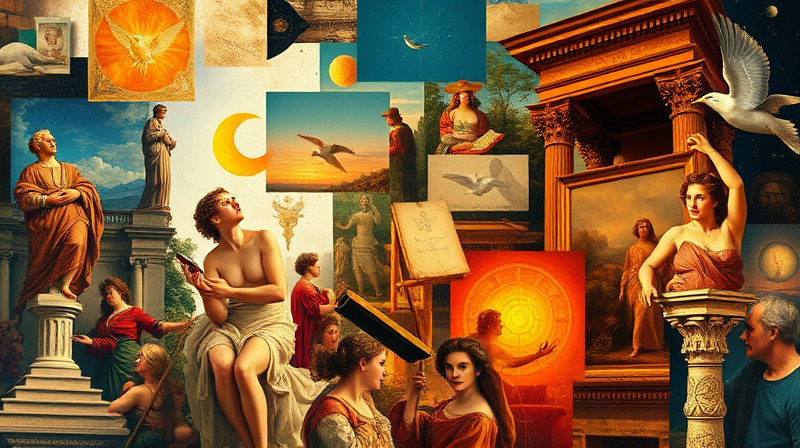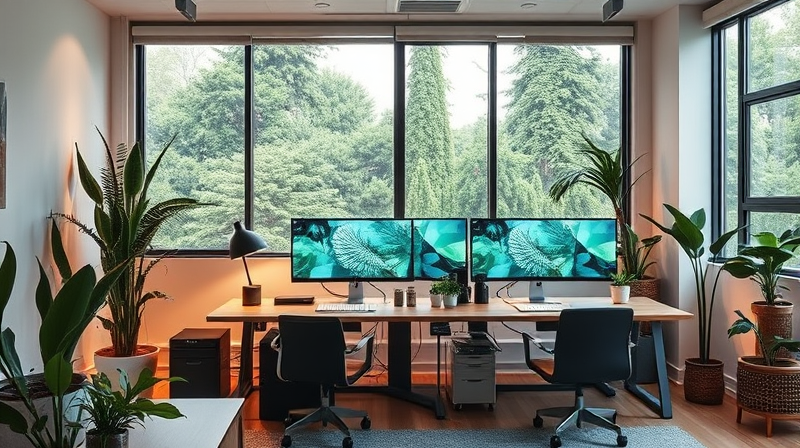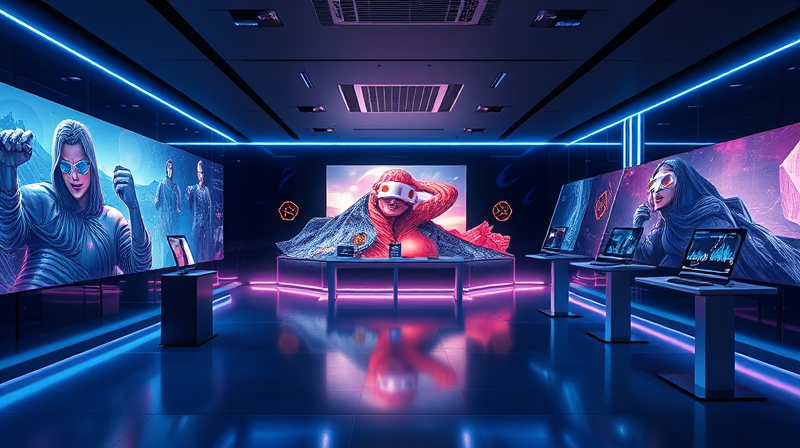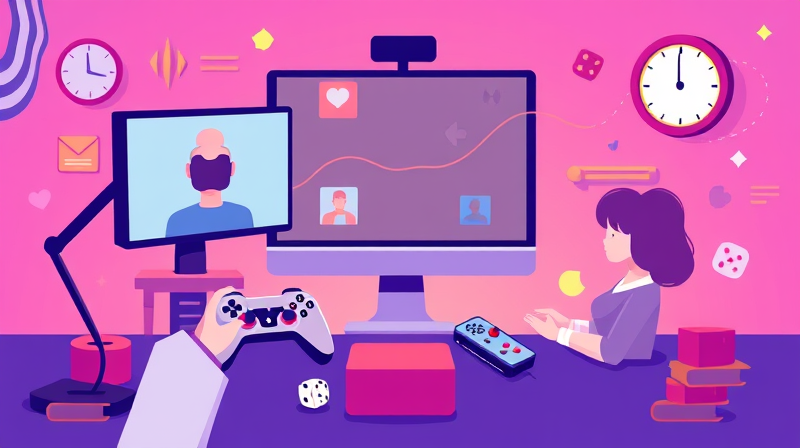Art has always been a mirror reflecting the internal and external worlds of its time, inviting us to look deeper into the reflections of history, culture, and emotion. It is an opportunity for personal growth, creativity, and self-discovery. Appreciating art is not just about observing; it is about understanding the processes, contexts, and feelings that give life to creative expressions.
Throughout history, art has served as a pivotal element in unifying communities and guiding cultural evolution. When we take the time to delve into the origins of art, we find a rich tapestry woven with the threads of history and human experience.
The Cornerstones of Art Appreciation
At the very foundation of art appreciation lies an exploration of context. Every artwork is a product of its era, influenced by the political, societal, and emotional climate of the time. Understanding art through context allows us to decipher the material narratives embedded within masterpieces of different periods.
For example, a closer examination of Renaissance art not only reveals advances in brush technique and composition, but also exposes us to the profound cultural and philosophical shifts of that epoch. It emphasizes that art is far more than aesthetic—it is a dialogue that spans generations.
Another essential component is critical observation and analysis. This calls for a keen eye to assess elements such as color, line, texture, and form. It enables us to engage intellectually with art, enhancing our problem-solving and critical thinking skills. This analytical journey invites us to see beyond the surface and appreciate the intricacies that make each work unique.
Perhaps the most compelling aspect of art is the emotional engagement it engenders. Art has a profound impact on the human brain; it triggers the release of dopamine, creating a connection that is both visceral and personal. This emotional resonance not only deepens the appreciation but also inspires wonder and empathy in the viewer.
Building on these observations, art also enhances aesthetic sensitivity. By exploring various art forms, we develop an individual taste for beauty that is uniquely our own. This journey of discovery fosters mindfulness and sparks creativity, allowing us to see the incredible intersections between art and everyday life.
- Cultural and Historical Awareness: Art serves as a window into the past, offering insights into the traditions, struggles, and triumphs of diverse civilizations.
- Emotional and Psychological Benefits: Engagement with art can reduce stress and improve mental health, promoting emotional resilience and clarity.
- Creativity and Critical Thinking: The nuanced interpretations and abstract imagery in art can expand our cognitive abilities, paving the way for innovative ideas and solutions.
- Social and Civic Engagement: Art unifies people, encouraging discussions that build community and foster mutual understanding.
Communities enriched with art tend to display higher levels of civic participation and a stronger sense of inclusivity. Whether it is through public installations or community projects, art bridges cultural divides and nurtures collective growth.
Furthermore, art has a remarkable influence on education. Early exposure to art is vital in developing language, social skills, and even emotional balance. By encouraging young minds to engage with art, we are not merely teaching them about aesthetics; we are cultivating empathy, critical thinking, and a passion for lifelong learning.
For adolescents and adults alike, art offers a safe haven for self-expression. It motivates us to challenge the status quo and explore our individuality. Art as a tool for advocacy and healing has become increasingly prominent in contemporary society, providing a medium to address social issues and offer solace during times of difficulty.
The transformation of art appreciation in the digital age continues to inspire us. With platforms like virtual museums, social media, and online courses, art has become more accessible than ever before. Today, we can traverse the great halls of the Louvre or the modern installations of street art with just a few clicks, removing both geographic and economic barriers.
This democratization of art is a turning point in how we interact with creative works. It ensures that art remains a powerful tool for fostering global cultural understanding, as more people have the opportunity to experience, learn from, and be inspired by a vast array of art forms.
In an era characterized by rapid change and disconnection, art reminds us of the beauty and complexity of life. It is a beacon that calls us to slow down, reflect, and reconnect with our emotions, our communities, and the broader human narrative.
By engaging with art, we not only enrich our lives but also contribute to building a more empathetic and culturally aware society. Art appreciation is about more than passive observation; it is a multi-dimensional experience that challenges us to see the world with new eyes and a compassionate heart.
Whether you are a seasoned art aficionado or just beginning your journey into this rich and colorful world, remember that every piece of art holds a story waiting to be discovered. Embrace the journey, and allow art to illuminate paths to new understanding and deeper human connection.








